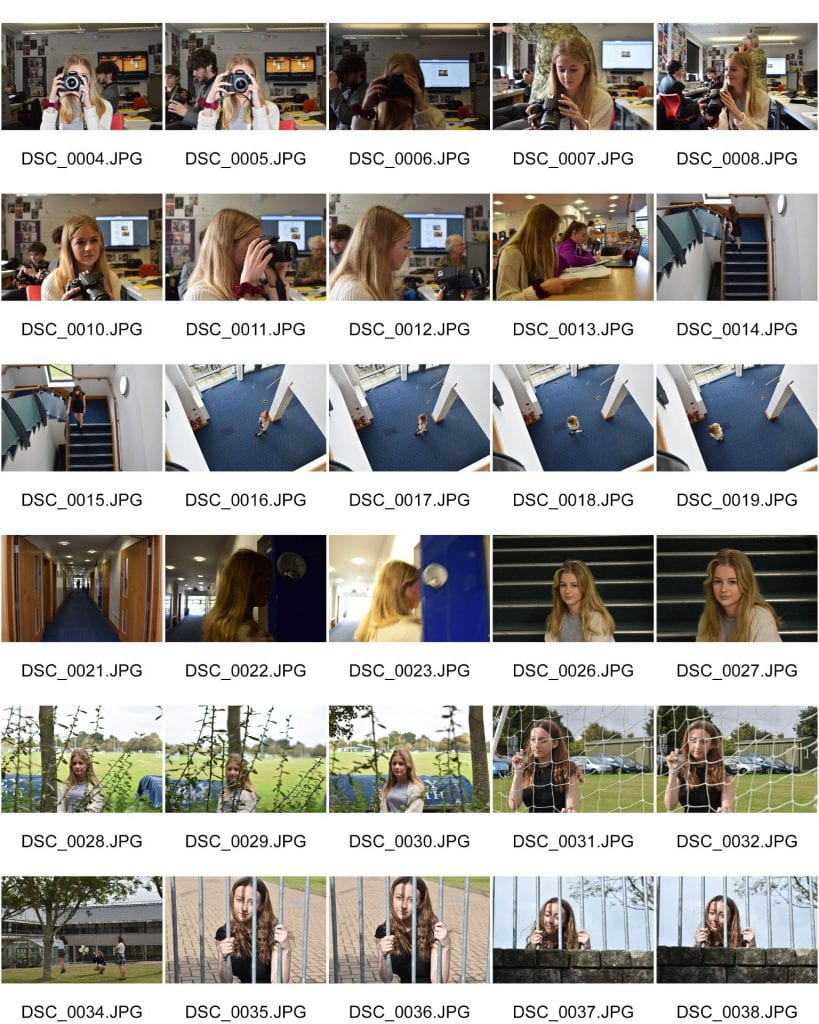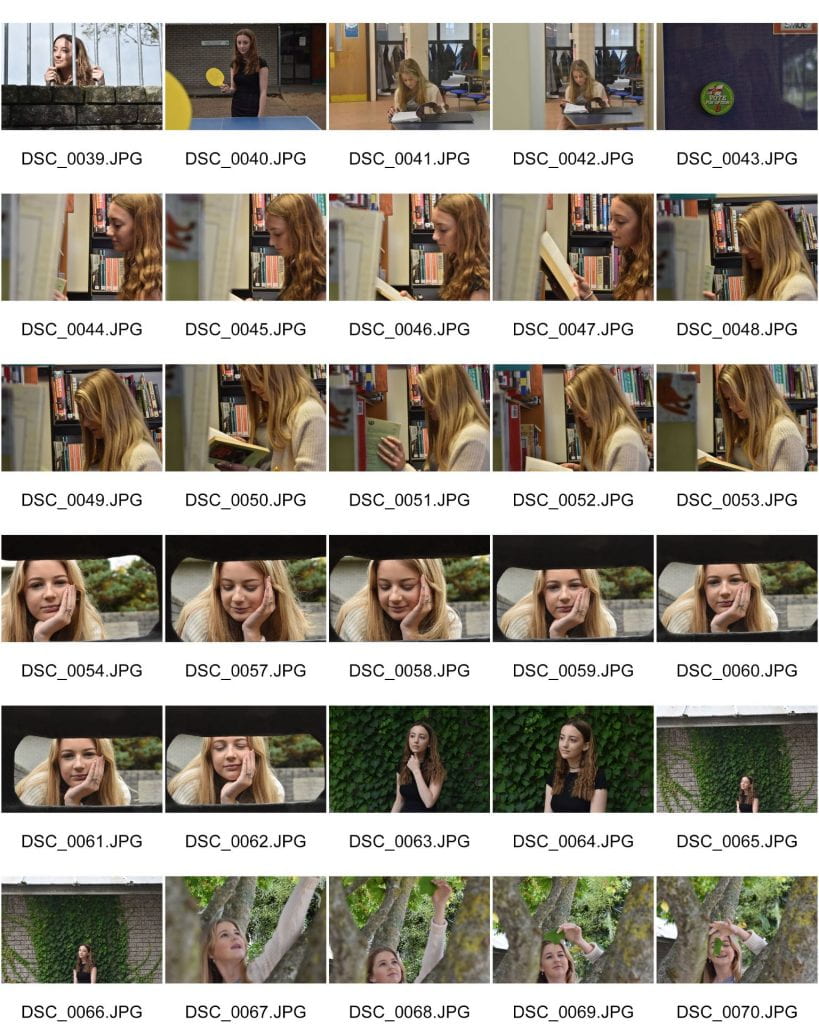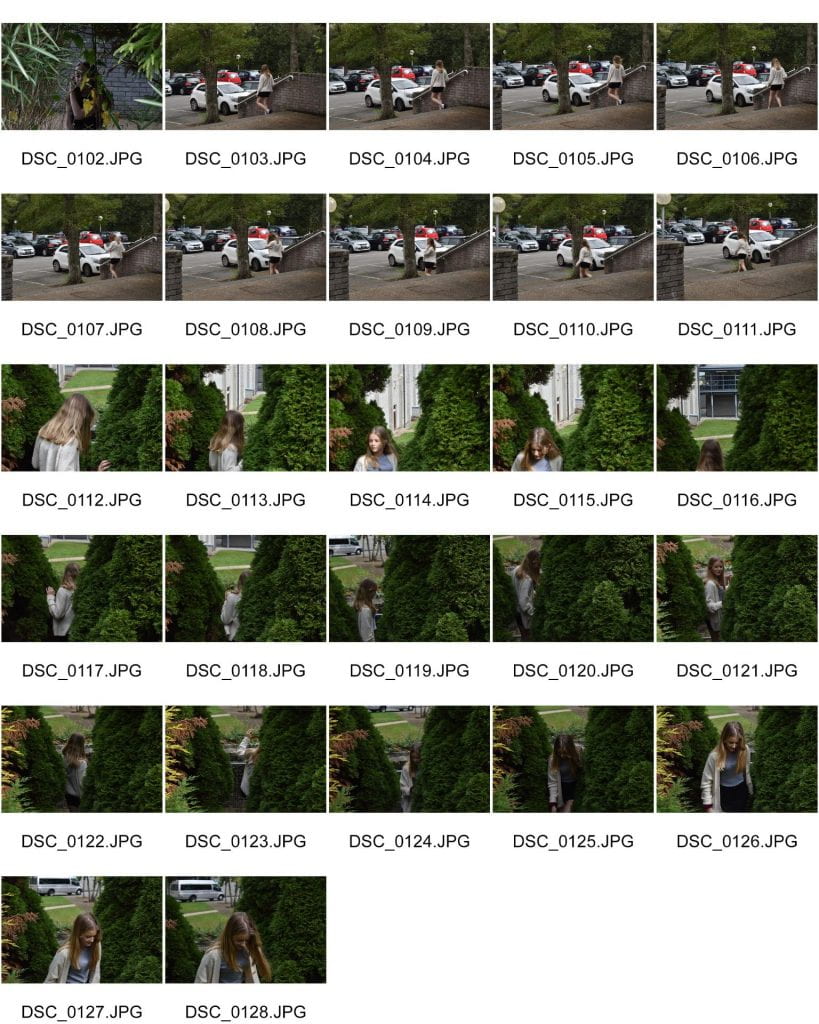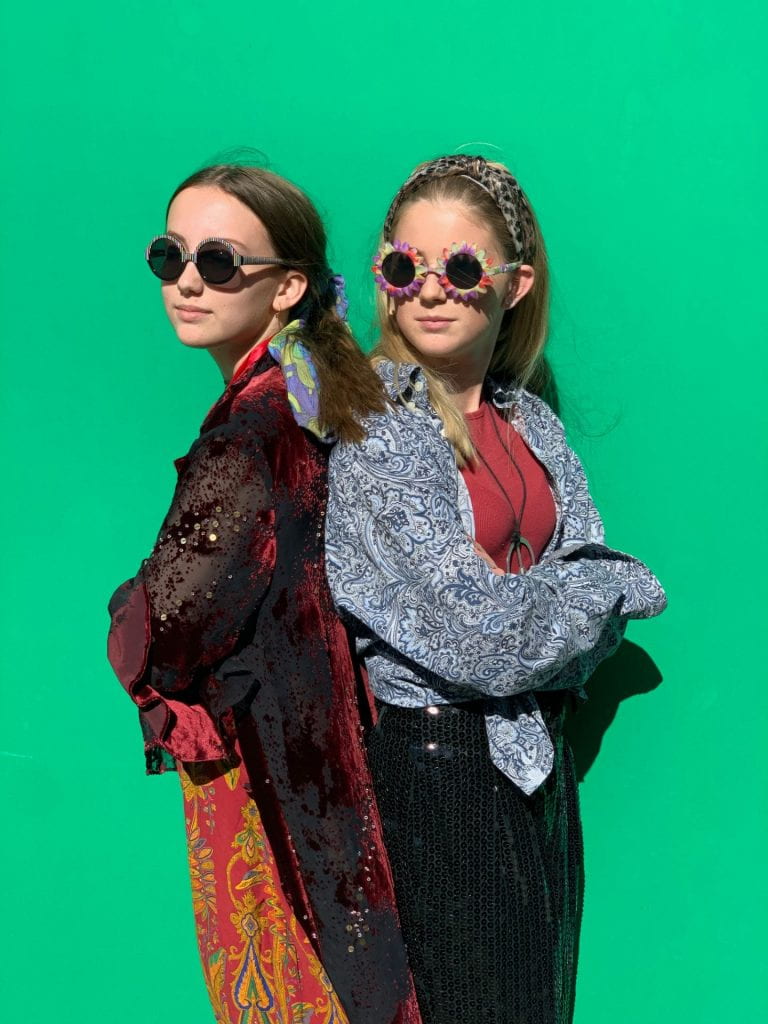In this task we took our photos and created a mood board to tell the story of each picture. I included the hastags of technical term (#longshot#lowangle), the example/denotation (#manalone#teacherlookingcross), and the analysis/connotation (#lonely#excited#leaving). I used multiple locations around school to make different images and include many angles.
In this moodboard I’ve shown nine of my favorite images from my photoshoot. I used hashtags to portray the technical term, denotation and connotation of each of my photos. For each picture I thought about the angle and type of photo it was due to it’s distance and composition. I had examples of close ups, long shots, low angles, two shots and high angle shots. Then I thought about the denotations an connotations by describing what was happening in the picture as well as the emotions and feelings behind it. Such as whether they were happy, angry, having fun, studying.
As the photographer I took a variety of different shots such as long shots, for example the bottom right picture, that shows my model walking away from a high angle as she looks vulnerable and enjoying nature. My use of close up pictures shows the emotion of my model whether she is happy or sad as you can clearly see her facial expression. The high shot image makes the model look lonely and vulnerable. I always kept in mind the conventions of mis-en-scene, by thinking of the posture, gesture and facial expression of my model as well as the background and environment she was in and linking the colours to her mood.
My knowledge I have learnt from unpacking each photo, and using a story with emotion behind it, will help me in the future when making my own music magazine. I will also use mis-en scene and try different approaches to camera angles.









